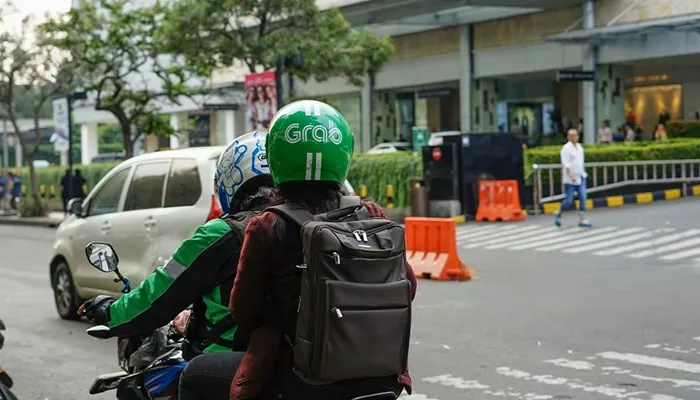In the first quarter of 2025, Grab’s driver retention rate hit 90%, with monthly active drivers growing 18% year-on-year, underscoring the strength of its expanding ecosystem as a launchpad for new ventures such as auto insurance.
Singapore’s automotive insurance sector may be on the brink of significant change, as Southeast Asia’s super app giant Grab makes a strategic move into the insurance space. Known primarily for its ride-hailing, payments, and financial services, GrabInsure secured its license from the Monetary Authority of Singapore (MAS) in May 2025, along with membership in the General Insurance Association (GIA), preparing to roll out tailored auto insurance products aimed at its extensive private hire driver network.
This move challenges the long-standing dominance of established players like Income Insurance, MS First Capital, and AIG, potentially ushering in a new era of competition driven by data, mobility, and platform-based economies. Grab’s unique advantage lies in its direct access to private hire drivers who rely on its app not only for transportation but for their livelihood, enabling the company to deliver highly targeted insurance offerings.
Grab currently holds a dominant 50.2% market share in Singapore’s ride-hailing sector as of 2022. While precise active driver counts have not been disclosed, estimates suggest a large, engaged fleet. The company’s strong driver retention and active user growth create a robust foundation to introduce automotive insurance embedded directly into driver onboarding, bypassing traditional brokers and simplifying the purchase process.
Leveraging real-time data such as mileage, trip frequency, and driving behavior, Grab is positioned to offer usage-based insurance policies closely aligned with individual driver risk profiles. Moreover, the trust built through its other services, including GrabPay and GrabFin, could lower barriers to entry for new financial products. Grab’s streamlined cost structure, free from commissions and branch networks, may enable competitive premiums without compromising profitability.
Challenges for Traditional Insurers
Singapore’s automotive insurance market is among the most regulated and technologically advanced in Southeast Asia, with mandatory insurance for all vehicle owners fostering a mature market environment. Income Insurance leads with a 25% share based on S$92.3 million gross written premiums in Q1 2025, followed by MS First Capital and AIG.
These incumbents benefit from well-established underwriting processes, reinsurance arrangements, and deep integrations with car dealerships, brokers, and fleet accounts. Their scale affords advantages in negotiations with repair networks, third-party administrators, and regulators.
Digital innovation is underway: AIG and Income Insurance have adopted AI-driven automation and partnered with Grab to provide critical illness coverage for ride-hailing drivers. However, the broader market shift towards personalized, usage-based pricing models remains limited publicly, and MS First Capital’s digital footprint is less transparent.
While these firms possess decades of actuarial data and robust institutional knowledge, the competitive pressure from digitally native platforms like Grab, which offer embedded distribution and algorithmic pricing, presents an existential challenge. Whether traditional insurers can maintain their edge remains uncertain.
Beyond Competition
Grab’s move is more than product expansion—it signals a potential overhaul of the insurance value chain through an ecosystem strategy. This raises questions for regulators on managing pricing models reliant on proprietary data and for intermediaries facing displacement by direct digital platforms.
The timing is notable. Despite only a 1% rise in Singapore’s vehicle population in 2024, premiums have surged, opening demand for flexible, fair, usage-based policies suited to gig and part-time drivers.
Although a formal launch date is not yet announced, regulatory approvals, GIA membership, and recruitment efforts indicate Grab is preparing for phased rollouts and pilot testing before a wider market debut.
As Grab’s auto insurance offering develops, traditional insurers will likely need to innovate rapidly on pricing, speed, and user experience to meet new digital ecosystem-driven benchmarks shaping Singapore’s insurance landscape.
Related Topics:
Igloo Unveils New Tech to Revolutionize Southeast Asia’s Insurance
Ping An Insurance Raises $1.5 Billion via Convertible Bond Offering

